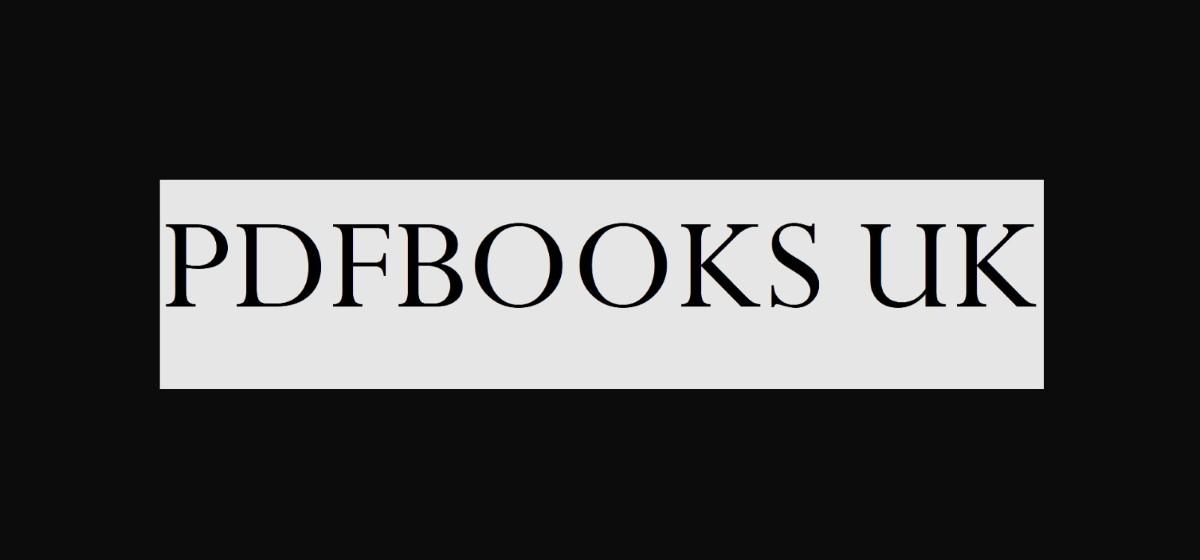Fire Safety Spotlight—Key Regulations Electricians Must Know 🚨

Fire protection in the electrical installation is defined primarily within Part 4 (Protection for Safety) and Part 5 (Selection and Erection) of BS 7671. This guide spotlights the most critical regulations governing fire prevention, containment, and escape, ensuring full compliance.
Chapter 42: Protection Against Thermal Effects
This chapter deals with ensuring electrical equipment does not cause fire or thermal damage.
-
Regulation 421.1.7 (AFDDs): This is the key regulation for arc fault protection. It states that Arc Fault Detection Devices (AFDDs) shall be provided for final AC circuits not exceeding 32 A supplying socket outlets in specific high-risk locations, such as Higher Risk Residential Buildings (HRRBs), Houses in Multiple Occupation (HMOs), and care homes. The intention is to detect small, persistent arcs that may not be cleared by overcurrent devices, preventing ignition.
-
Regulation 421.1.201 (Consumer Units): This regulation mandates that consumer units and similar switchgear in domestic premises must be housed in an enclosure made of non-combustible material (e.g., metal) or within a cabinet or enclosure constructed of non-combustible material. This is a measure of containment, preventing a fire originating within the unit from spreading.
-
Regulation 422.2 (Escape Routes): This section dictates specific rules for wiring in protected escape routes (like fire-rated stairwells). Electrical equipment is heavily restricted to only that necessary for fire safety, general lighting, and specific cleaning/maintenance socket outlets. Any equipment installed must meet strict smoke and flammability criteria.
Chapter 52: Selection and Erection of Wiring Systems
This chapter contains the physical installation rules designed to prevent the electrical system from hindering escape or damaging building structure during a fire.
-
Regulation 521.10.202 (Cable Support): This highly publicized regulation requires that all wiring systems shall be supported so that they will not be liable to premature collapse in the event of a fire. This is universally achieved by using metal fixings, clips, or supports throughout the installation, not just on designated escape routes, to protect both evacuees and firefighters.
-
Regulation 527.1.1 (Minimising Fire Spread): This is the general requirement that wiring systems must be selected and erected to minimise the spread of fire. This often necessitates the use of cables with suitable properties, such as Low Smoke Halogen Free (LSZH), in buildings where smoke and toxic gases pose a high risk to occupants.
-
Regulation 527.2 (Sealing Penetrations): Where a wiring system passes through a building element that forms a fire barrier (like a floor or wall), the openings that remain must be sealed to the same degree of fire resistance as the element itself. This maintains fire compartmentation and is a key action in preventing the fire from moving between zones.
Chapter 56: Safety Services
For installations that rely on essential power during a fire, this chapter applies.
-
Essential Fire Safety Systems: This section covers circuits supplying power to safety services such as emergency lighting, fire detection and alarm systems, and firefighting lifts. These circuits must be designed to remain functional for a specified minimum period during a fire (e.g., 30 minutes or longer, as defined by the fire safety design of the building) and requires the use of fire-resistant cables and fixing methods.
- Art
- Causes
- Crafts
- Dance
- Drinks
- Film
- Fitness
- Food
- Giochi
- Gardening
- Health
- Home
- Literature
- Music
- Networking
- Altre informazioni
- Party
- Religion
- Shopping
- Sports
- Theater
- Wellness



